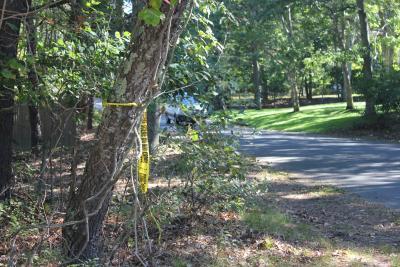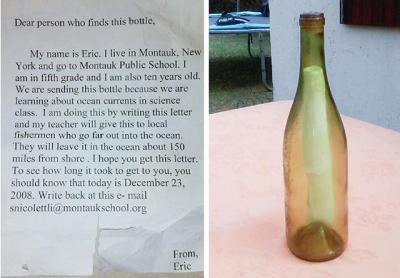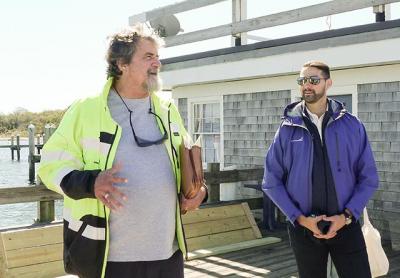Police Seek Driver in Apparent Hit and Run
Police Seek Driver in Apparent Hit and Run

An 82-year-old man was found seriously injured in the road on Farm Lane in East Hampton Sunday afternoon, the victim of an apparent hit and run, according to East Hampton Town police. Harvey Roth suffered a leg injury, among other things, and was airlifted to Stony Brook University Hospital, where he is listed in serious condition as of yesterday.
Mr. Roth, who lives on the dead-end street off Spring Close Highway, had been out for a routine walk, Capt. Chris Anderson said on Monday. A passer-by found him bleeding on the pavement, about a quarter-mile or so from his house and called 911 at about 4:30 p.m.
It was not clear exactly when the accident occurred, but police believe he was found just minutes afterward. “He was not there for a prolonged amount of time,” Captain Anderson said.
The detective division is investigating and are treating it as a hit and run, the captain said. No arrests had been made as of press time. Captain Anderson asked that the driver who hit Mr. Roth “contact the authorities,” and that anyone with information about the incident call detectives at 631-537-7575. All calls will be kept confidential.
Trudy Nordmeier, who lives on the cul-de-sac next door to Mr. Roth and his wife, Roberta, said she found out about the accident from a friend who had just left her house after lunch. She thought Mr. Roth had fallen and went to help, but saw a flurry of police activity. Mr. Roth was being treated by emergency medical personnel on the side of the road, close to Spring Close Highway. She quickly gleaned he had been struck by a vehicle due to the severity of his injuries.
“It’s scary,” Ms. Nordmeier said by phone later. She wondered if the angle of the sun at that time of day may have played a role in the accident. “The sun glare when I drove around the corner, the sun glare was very strong. The area where Harvey was hit, there were shadows from dense foliage in the yard right there. I could actually see how an accident could happen,” she said. The following day, she walked her dog down to the accident scene at around the same time and noted the sun glare, again. “It’s scary. By the grace of God go I.”
The Roth family could not be reached.







